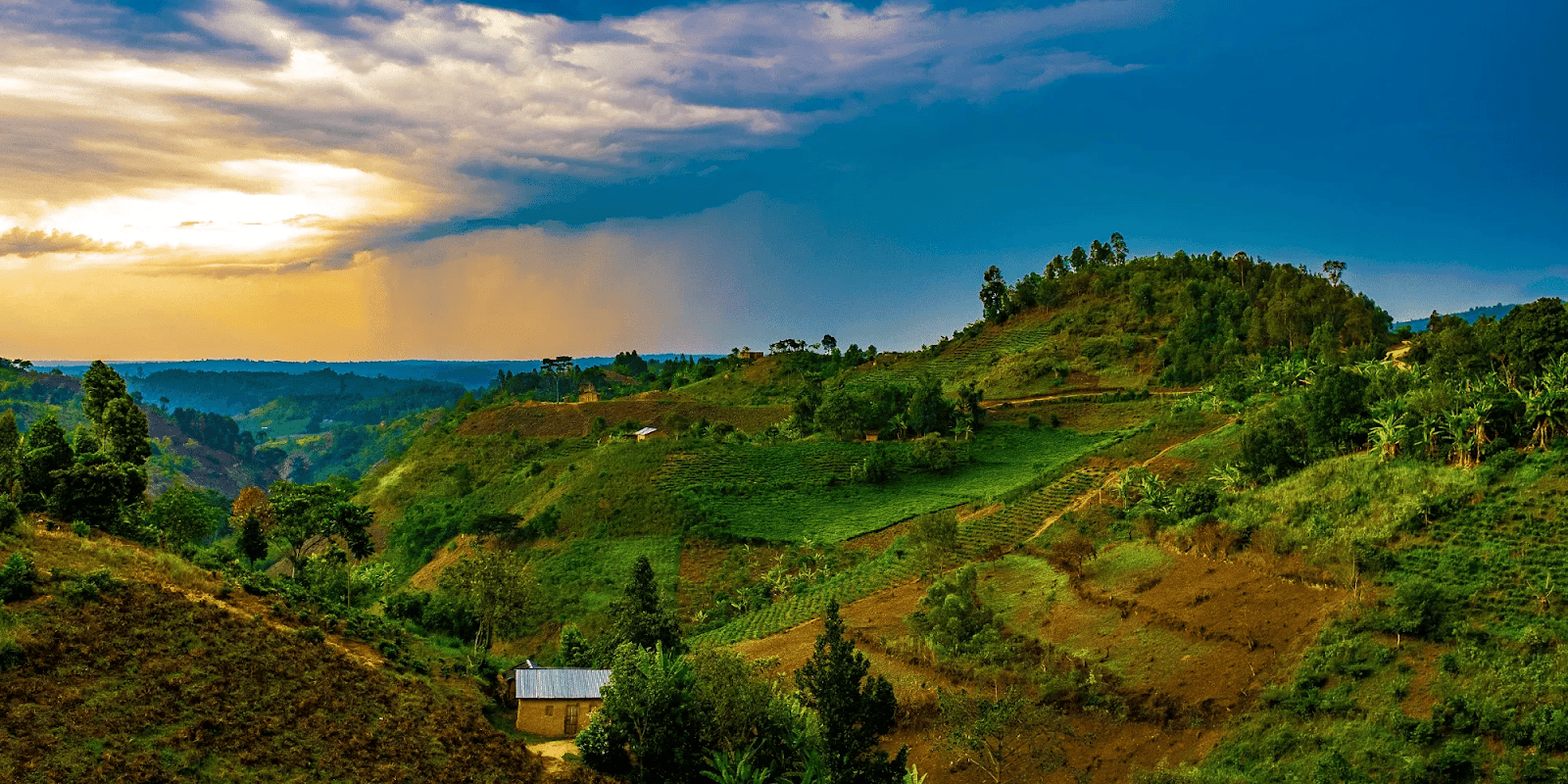Rwanda aspires to become a Middle-Income Country by 2035 and a High-Income Country by 2050. It plans to achieve this through the implementation of its second National Strategies for Transformation (NST-2), a five year-development agenda underpinned by sectoral strategies focused on meeting the UN’s Sustainable Development Goals (SDGs).
Rwanda’s economy continued to register robust growth in 2024. Real GDP grew by over 8.5% in 2024, surpassing the previous year’s growth rate of 8.2%. GDP growth is expected to maintain momentum in 2025–27, with a projected average of 7.1%, supported by continued expansion in agriculture, services, and industry.
Development Challenges
Despite remarkable growth performance in recent years, the creation of jobs in Rwanda is insufficient and the level of productivity remains low, reflecting infrastructure gaps, limited progress in innovation, and sub-optimal allocative efficiency. Furthermore, the inclusiveness of growth remains a key challenge, as the momentum in poverty reduction has weakened in recent years. The benefits of structural transformation have tended to accrue to more educated workers, worsening inequality. The World Bank’s Human Capital Index, which measures the amount of human capital that a child born today can expect to attain by age 18, places Rwanda at 160th out of 174 countries. High levels of public debt (projected to peak at 80% of GDP in 2025), vulnerability to climate change, and increasing pressure on natural resources will make it difficult to achieve the country’s targets of becoming an Upper Middle-Income Country by 2035 and a High-Income Country by 2050. Overcoming these challenges will require greater reliance on private sector investment to enhance productivity growth, raise incomes, and provide the financing to address infrastructure shortfalls. Source: https://www.worldbank.org/en/country/rwanda/overview




